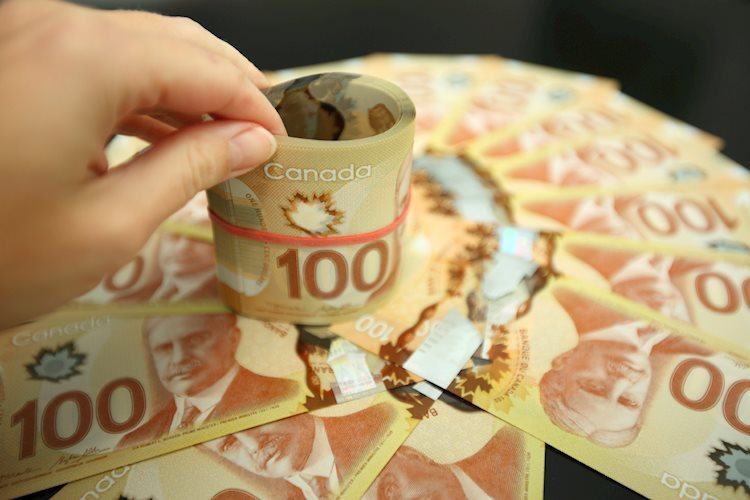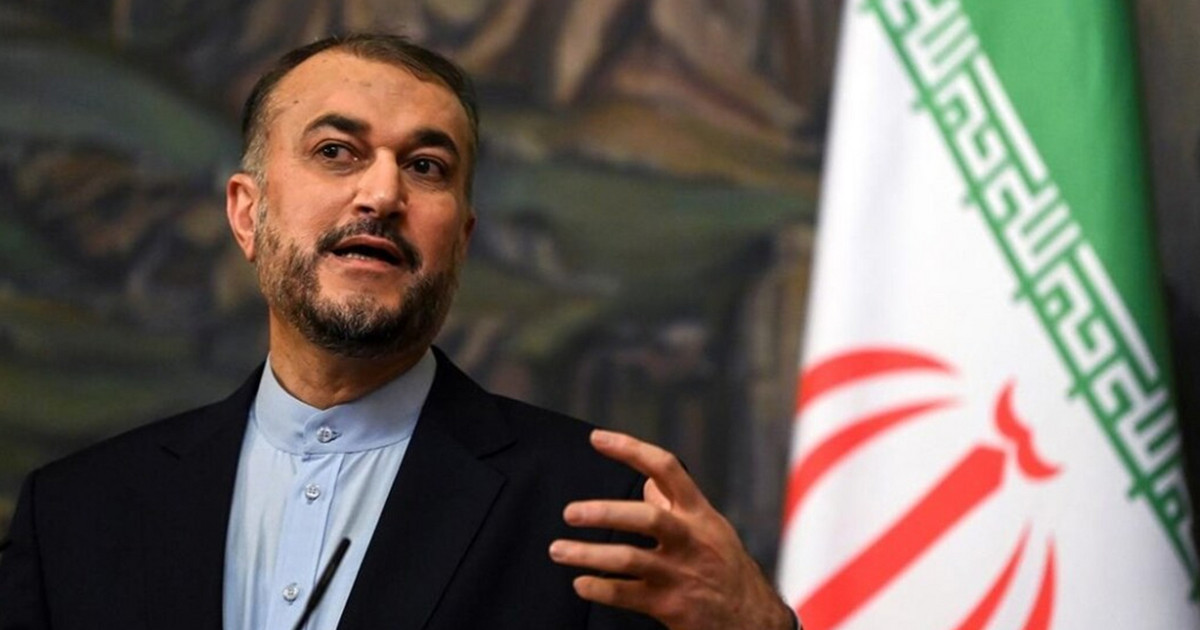The US Federal Reserve (Fed) has a problem: it wants to tighten monetary policy, but the markets don’t agree, Handelsblatt comments.
Apparently, no later than August 10, many investors assumed that Fed Chairman Jerome Powell could once again take a more relaxed view of developments. Because it was on this very day that July’s US inflation figure was released.
At 8.5%, it was well below the previous month’s 9.1%. This confirmed what many economists had predicted. Price increases had peaked in June and could now gradually ease again.
But there is a serious obstacle. Prices are only likely to come under control if the Fed maintains its tight monetary policy stance. If, on the other hand, bond yields fall again due to renewed optimism in capital markets and stocks rise again, these conditions will not be tighter but easier financing conditions for the US economy.
This would be the opposite of a tighter monetary policy. So it’s no wonder the Fed is trying to neutralize the undesirable scenario.
Recently, James Bullard, head of the St. Louis Regional Fed, spoke to the “Wall Street Journal” in favor of a relatively large rate hike of three-quarters of a percentage point (75 basis points) for the Fed’s September 20-21 meeting.
This would be the third consecutive increase of this size. “I really don’t see why rate hikes should be delayed any further into next year,” he says. In his view, the Fed needs to raise the policy rate to a range of 3.75% to 4.0% if it is to fulfill its mandate and return inflation to 2%.
The key rate currently stands at 2.25-2.5%, having last increased by 75 basis points in July. At the same time, the Fed has already begun to shrink its balance sheet, which at its peak had reached an impressive amount of nearly nine trillion dollars.
Bullard plays an important role on the Fed’s monetary policy committee (FOMC). He used to be seen as a dove from time to time, that is, a supporter of soft monetary policy. Nevertheless, last year they were among the first to push for a tougher monetary policy path.
And he was not the only one with this opinion. Other prominent economists, such as Larry Summers and Mohamed El-Erian, also accused Fed Chairman Jerome Powell in 2021 of reacting too slowly to rising inflation. Until now, this view is widespread.
Lower inflation without causing a recession?
Last Thursday, shortly before Bullard’s comments, Mary Daly also spoke. The head of the San Francisco Fed told CNN that an increase of 50 or 75 basis points is “reasonable.” That could take the key rate to just above 3% until the end of the year and then slightly higher in 2023. Both Bullard and Daly also made it clear that in their view there should be no further cut either soon after interest rate hikes.
Some market data had indicated expectations that the central bank would trigger a recession by rapidly raising interest rates and thus be forced to reverse course again.
Neel Kashkari, head of the Minneapolis Fed, recently addressed this issue. “The question now is whether we can reduce inflation without causing a recession,” he told Reuters news agency of the challenge ahead. He added: “My answer to that question is: I don’t know.”
The Fed does not set a clear trend
Next Friday, Jerome Powell himself will deliver the opening speech at the central bank’s traditional meeting in Jackson Hole, Wyoming, USA. Economists and investors will be listening carefully to his words this year. Because the Fed is currently again playing a leading role in the markets, but it is not setting a clear trend.
Prices and yields depend on inflation, central bank messages and recession concerns. When inflation is high, the expectation of a strong monetary policy response rises, so interest rates and bond yields rise—in return, bond and stock prices fall. Yields thus expect the Fed to raise interest rates.
On the other hand, a strong central bank reaction increases the risk of recession. This tends to lead to lower yields and higher bond prices, especially as government bonds are in demand as a hedge against crises. But a weak economy means limited corporate profits. So this scenario is bad for stock prices.
If, on the other hand, investors expect a looser monetary policy, stock and bond prices rise. But it is precisely this expectation that the Fed is uncomfortable with—which is why it is resisting it.
Source: Capital
I am Sophia william, author of World Stock Market. I have a degree in journalism from the University of Missouri and I have worked as a reporter for several news websites. I have a passion for writing and informing people about the latest news and events happening in the world. I strive to be accurate and unbiased in my reporting, and I hope to provide readers with valuable information that they can use to make informed decisions.






